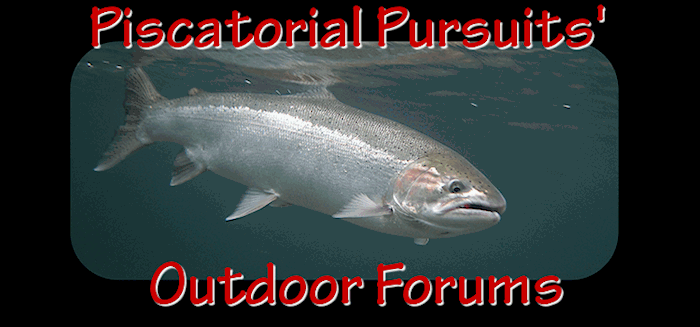JJ-- One of the problems I have with blanket statements made by anyone is that natural systems vary so much, and we know so little. That's why I'm against the "all hatcheries are bad" statements of some on this board.
A good case can be made for the effects of populations of resident rainbows on recovery of the native fish of a system. With all the plantings of hatchery steelhead that have been made, it could well be that we have little if any native stock left. The definition I'm using here is that "native" means native to the watershed with ancestors who evolved in that river system. "Wild" fish are those that spawn in the stream but may not be native-- even if they are the progeny from a couple of generations back.
It could be that all the native gene pool left in a river system is in the resident rainbows, assuming that rainbows haven't been planted in the system and none or few of the planted steelhead have residualized.
Can those native rainbows be used to bring back the gene pool of steelhead native to the river? Maybe, if some of the rainbows migrate to sea. However, that doesn't always happen. For instance, in the Kenai River, there is a tremendous population of native rainbows, char and salmon. There is no reason for rainbows to not migrate, but they don't. The Kenai system doesn't support a run of steelhead, at least in the main river. Why? No one knows.
There are no studies that give answers to many of the questions that we're asking. The only thing science can offer us right now is guesses.
The good news is that if we don't totally screw up the habitat, and if the weather patterns and ocean conditions don't alter significantly, wild fish will return and native fish will again populate the rivers and streams. 15,000 years ago, there were no salmon and steelhead from Puget Sound north. However, native fish did re-establish themselves in thriving numbers.
That, however, is a long time between bites.
My $.02,
Keith













 Previous Topic
Previous Topic Index
Index


